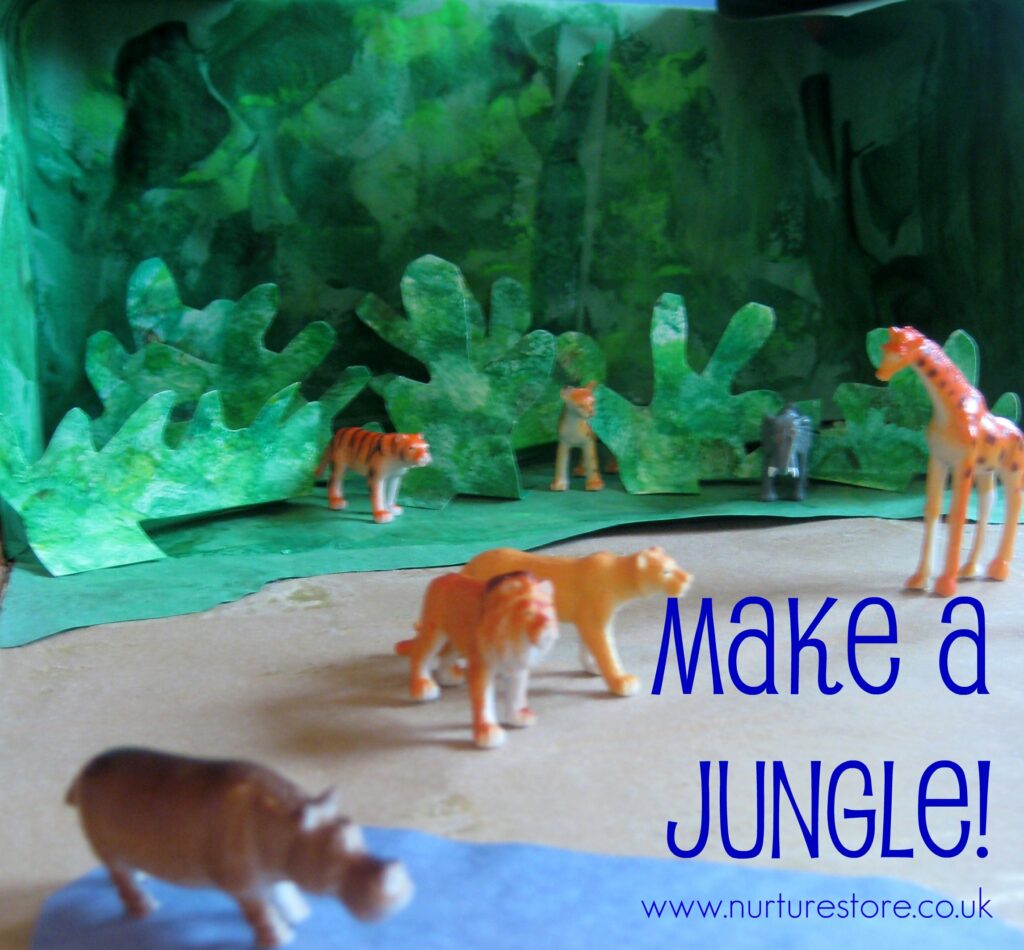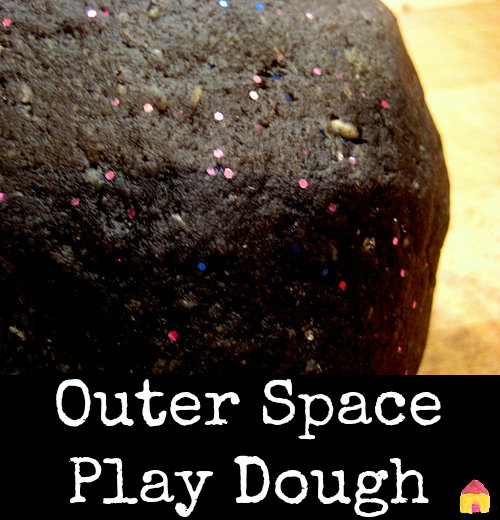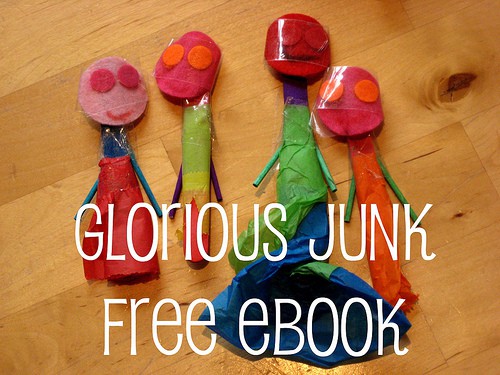
After the great pocket money debate, over the summer holiday the girls have started to earn a little money. A very exciting new thing for them, which meant on our recent trip to the zoo they had some of their own money to spend on a treat. So, we now have a family of wild animals in need of a home. On our return we transformed a humble cardboard box into not just a jungle, but a savanna and watering hole too. The hippo is very happy in her new home – and the play scene is giving the girls the chance for lots of imaginary play and chat.











